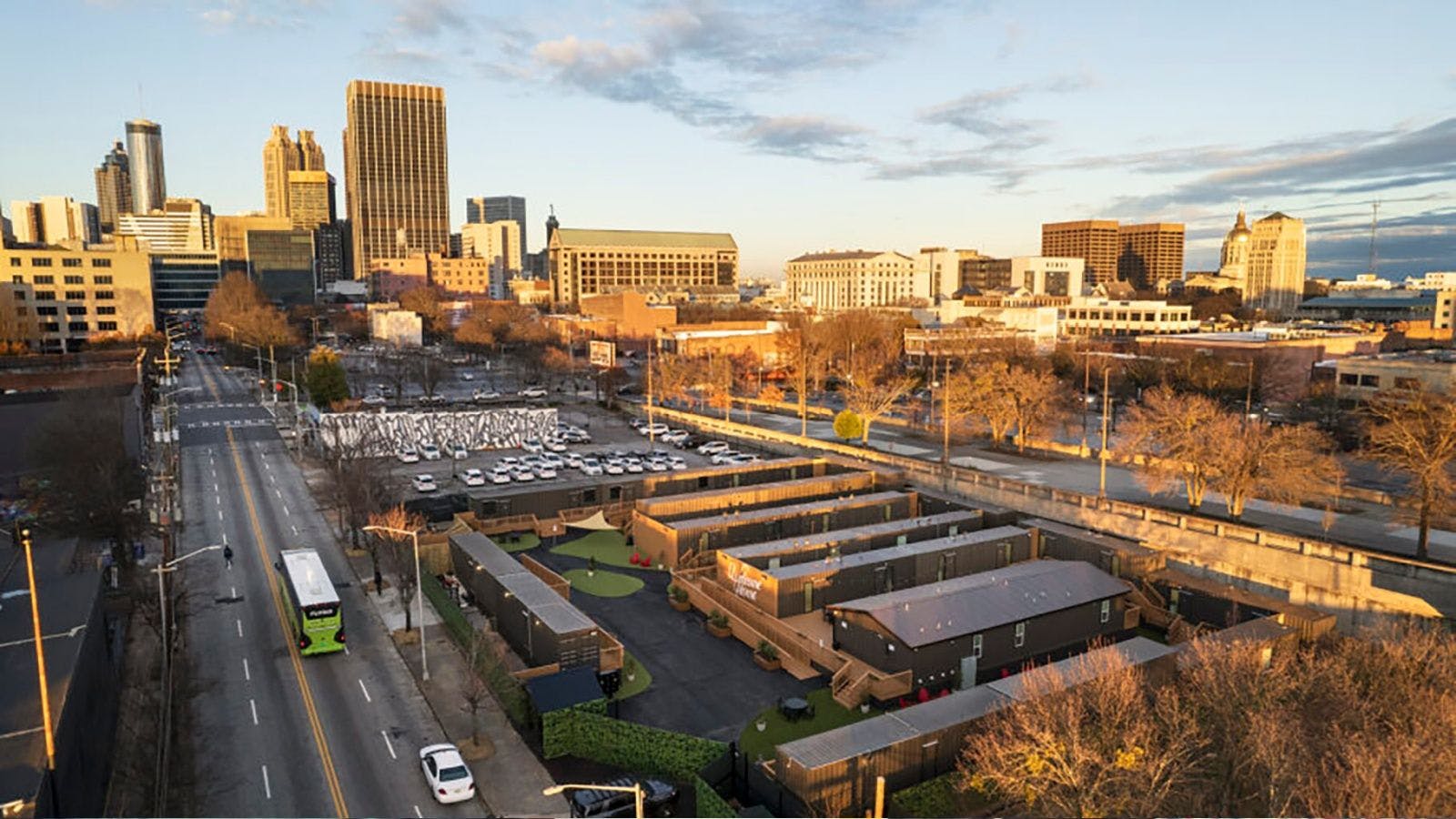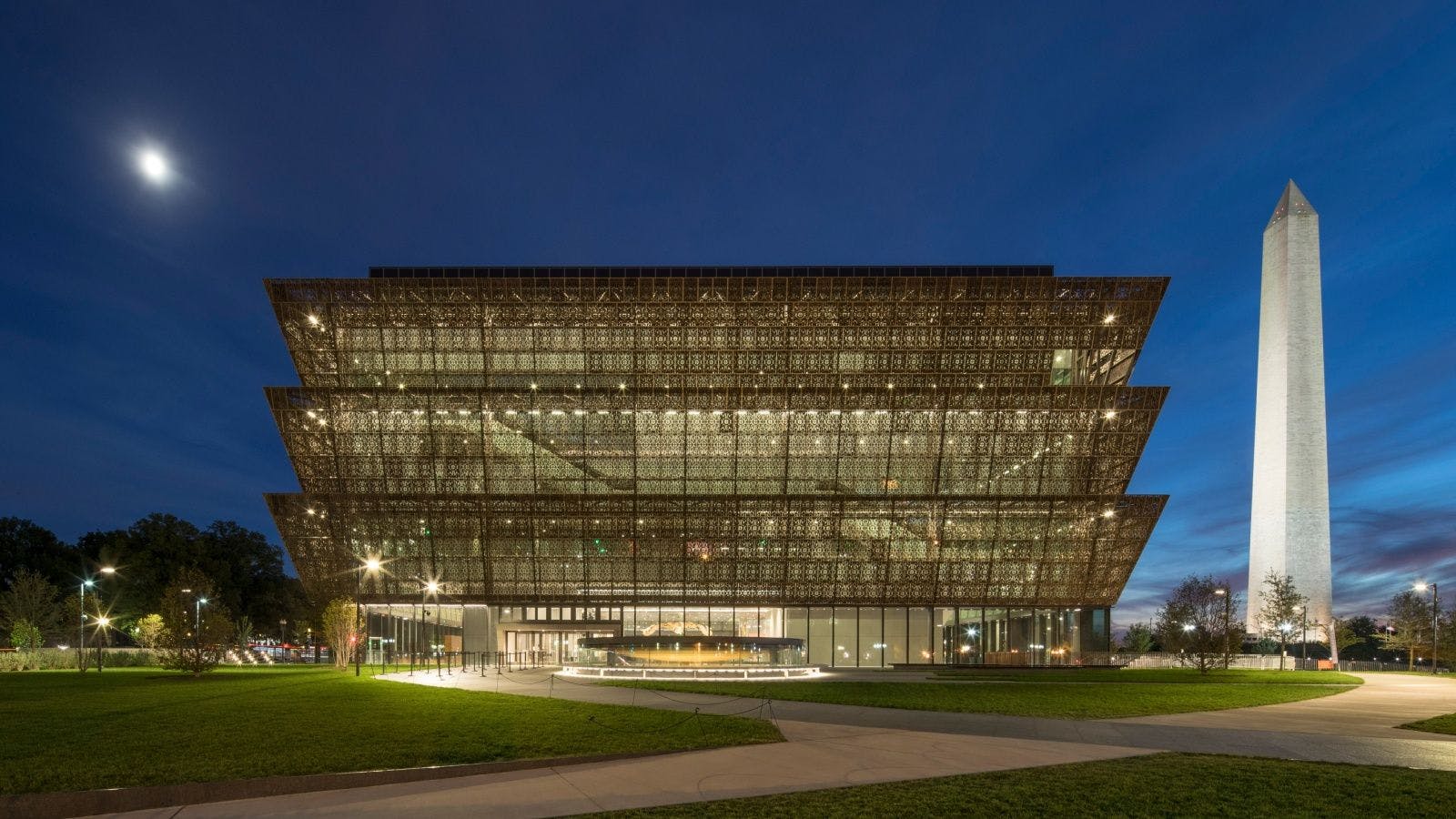
Simple Steps to Advance Your LEED Certification Aspirations
Globally, enough new construction is completed every week to cover an area the size of Paris, and more buildings will be constructed in the next 10 years than in the past 50. This immense responsibility (and opportunity) facing builders, buyers, communities and the world underscores how critical enhanced sustainability is to climate and community outcomes.
That’s why LEED standards are so important right now, requiring construction leaders, especially in large-scale, commercial construction, to deploy an intentional and strategic approach to sustainability and compliance.
Here’s how to get started with this process to impact your sustainability goals for this year and the long term.
1. PPP: PRIORITIZE PRE-PLANNING
Efficient and successful LEED, or any green building certification, is predicated on effective planning before the project process begins. A clear plan for how to incorporate sustainable design and construction practices from the start maximizes sustainability and minimizes added or unexpected costs as the project progresses.
This allows all stakeholders, including engineers, architects, consultants, construction managers and others, to plan the project's sustainability goals and strategies, selecting the most sustainable materials and practices that will work best for a certain project.
The planning stage a crucial stage for setting up the project to meet or exceed LEED certification goals successfully.
2. COLLAB WITH YOUR SUBS
Subcontractors perform between 70% and 90% of construction work on any given project, making them a vital part of the LEED certification process. Yet, working with subcontractors to receive the proper paperwork and documentation can be especially challenging and time-consuming.
That’s why ensuring that the entire project team, including subcontractors, is on the same page regarding the project's sustainability goals is crucial to achieving LEED certification. This might include training for subcontractors to understand LEED requirements and how their work contributes to meeting those standards. Experienced managers develop practices that emphasize setting clear goals and responsibilities during the planning process, taking extra time to ensure subs know what to collect and what certain documentation (product EPDs, HPDs, etc.) might look like.
Ultimately, construction executives must ensure that everyone involved in the project understands and is capable of implementing the project's sustainability objectives.
3. CCC: CLEAR AND CONSISTENT COMMUNICATION
Once established, maintaining open lines of communication with all stakeholders, including owners, designers and the construction team, is essential to implementing and certifying LEED standards. Regular updates and check-ins are needed keep the project on track, ensure any issues are addressed promptly, and allow for adjustments as needed to meet or exceed LEED standards.
4. USE WHAT'S AVAILABLE
Utilizing technology and innovative methodologies can significantly contribute to achieving LEED credits. The tools available today can help teams identify additional opportunities for earning points toward certification they might not have considered, such as specific types of materials or construction methods. As the construction workforce gains more and more tech-savvy workers, adopting new tech is much easier and even expected. With the right tools—artificial intelligence, autonomous vehicles, predictive analytics, remote communication and more—teams can manage and document the project's sustainability efforts more efficiently and improve employee retention.
5. STAY UP-TO-DATE
LEED standards continue to evolve to account for new operational realities, product innovations and tangible objectives. Coming soon is LEED v5, the latest standard, which aligns with the Paris Agreement's 2030 and 2050 targets.
More details are still coming, but expect LEED v5 to emphasize five priorities:
- Decarbonize the building industry swiftly to reflect the urgency of the climate crisis (decarbonization)
- Inspire and recognize adaptive and resilient built environments (resilience)
- Invest in human health and wellbeing (health)
- Create environments in which diversity, equity and inclusivity thrive (equitable outcomes)
- Support flourishing ecosystems through regenerative development practices (ecosystems)
As these standards regularly change, construction stakeholders must continually update their knowledge to ensure they are following best practices for achieving compliance and certification. Once again, technology can aid in this.
For example, when Alexis Stewart, a project engineer II at Barton Malow Company, oversaw a LEED project to renovate nearly 100-year-old university buildings at the University of Michigan, she used a Green Badger team’s solution to leverage software to help manage her plan for sustainable construction, bringing her up to speed quickly on the latest LEED requirements and submittal process standards.
Additionally, Steward needed support adjusting to the learning curve when working with subcontractors and getting the proper paperwork from them. One-on-one mentoring helped navigate these important relationships, demonstrating the constantly shifting knowledge gaps that stakeholders need to account for when achieving LEED certification.
Stewart’s team had the processes and knowledge in place to collect the right information at the right time and earned LEED Gold certification for the project from the U.S. Green Building Council in 2023.
BUILD FOR THE FUTURE
The imperative for and benefits of construction executives embracing LEED certification and sustainable building practices will only continue to increase and improve. By moving strategically, construction executives and other stakeholders can ensure that for this year and beyond, the next generation of buildings is better for people and the planet.
Related stories








